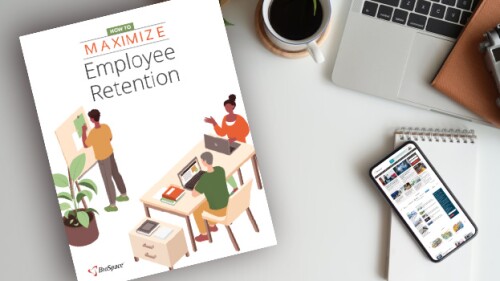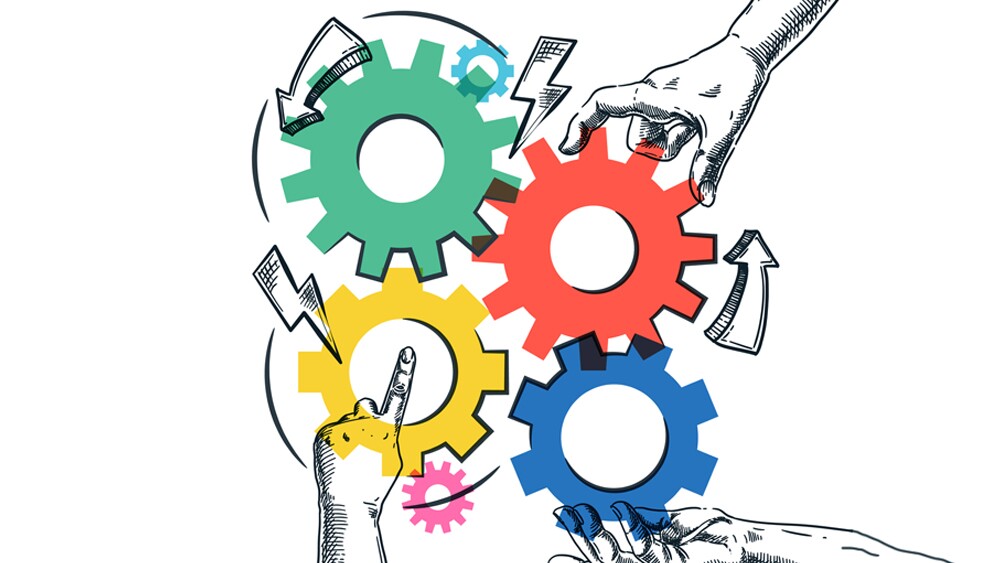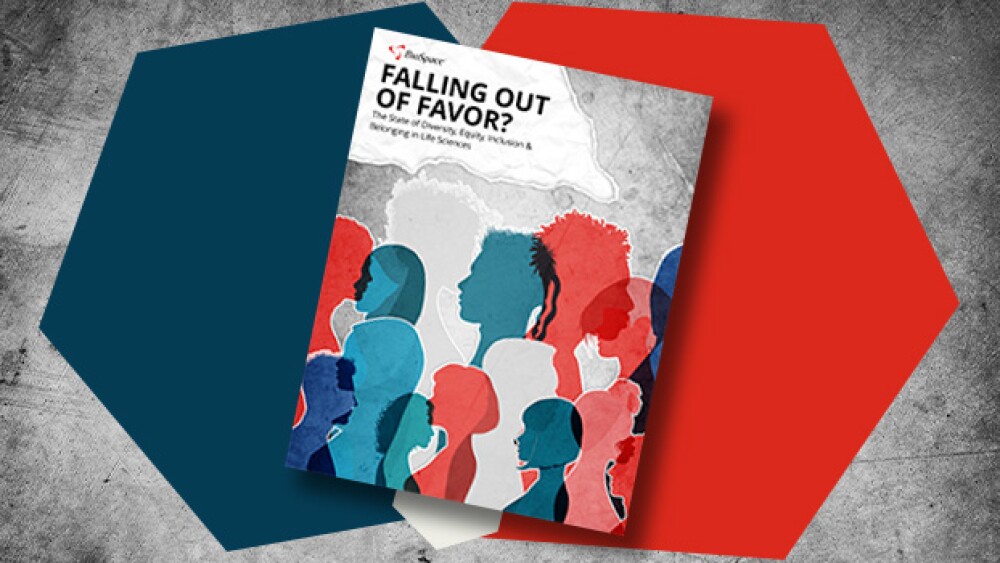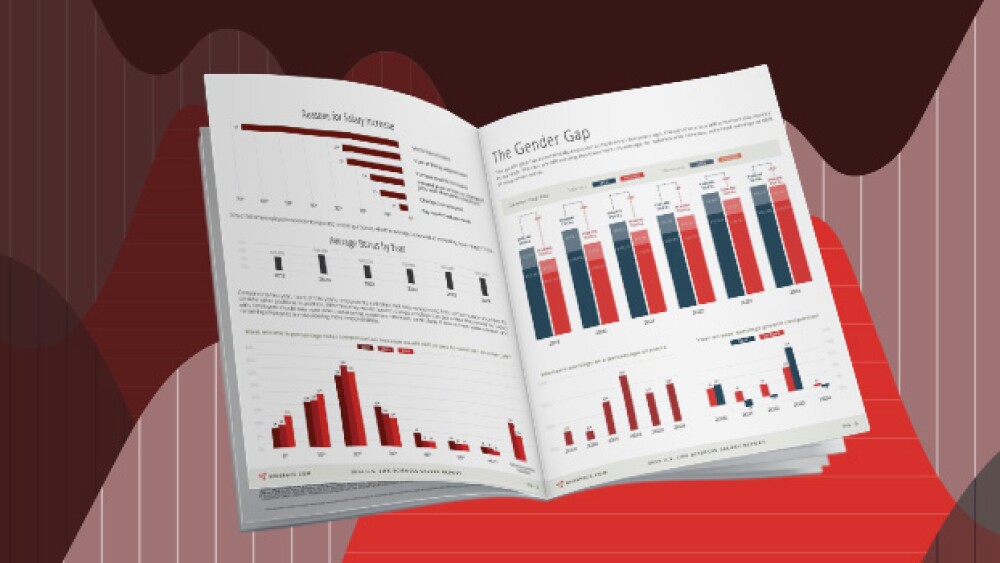Employer Resources
Insights to help you hire and manage your workforce
If people are your greatest asset, it is imperative that your organization maintains a positive employer brand presence and talent pipeline. This report covers how you can build a strong employer brand with prospective employees, current employees - and former employees.
Labor Market Trends
Talent acquisition leaders at leading pharma and biotech organizations are leveraging technologies, including automation, to develop internal talent marketplaces and systems that support upskilling and reskilling their workforce. BioSpace spoke to leaders at Pfizer and Bayer about their evolving approach to resourcing.
Building and scaling biopharma workforces can go beyond recruiting permanent employees to include fractional workers and consultants. A Slone Partners executive discusses how these blended workforces operate, highlighting the strategic benefits.
This year, Novo Nordisk and Merck announced significant layoffs, with Novo planning to axe about 9,000 employees and Merck projecting it could let go of roughly 6,000. Meanwhile, Bayer, Bristol Myers Squibb, Novartis and Pfizer have also made noteworthy cuts.
BioSpace has named 50 biopharma companies to its 2025 Best Places to Work list, including Moderna and Sutro Biopharma, whose executives share what makes their organizations special.
BioSpace’s third report on diversity, equity, inclusion and belonging in life sciences examines dramatic shifts in attitude around diversity initiatives.
Proximity bias, a term that describes how managers tend to favor those they see in person, may force remote and hybrid workers to work harder to keep up with their in-person counterparts.
Ageism, or discrimination against an individual based on their age, is a common barrier many older individuals face in the workplace. Fortunately, there are steps that can be taken to mitigate this discrimination.
Bristol Myers Squibb (NYSE: BMY) today announced meaningful progress toward its global inclusion & diversity goals and health equity commitments, meeting and exceeding some goals ahead of schedule.
RECRUITING
Job descriptions are the candidate’s first impression of a company. And if that introduction includes exclusionary language, they’re less likely to apply even if they are the perfect fit for the job.
Increasing gender inclusion in the life science industry is critical to its success. By making a commitment to diversity, companies can create an environment that will lead to long-term success.
From the initial interview to the annual raise, discussions about salary are vital in every work environment. Find out how implementing salary transparency can help you find and keep top talent.
Sanofi, Certara, Pfizer and Thermo Fisher are facing hiring challenges head-on with a common strategy: upskilling programs. They use these programs to fill open roles while training and retaining existing talent.
The latest Employment Situation report from the Bureau of Labor Statistics shows that employment for healthcare workers is slowly but surely returning to its pre-pandemic levels.
Forrester Consulting partnered with Sterling and found that, while the pandemic is the top concern for healthcare employers, overcoming the healthcare talent shortage is a close second.
BioSpace’s 2024 Salary Report explores the average salaries and salary trends of life sciences professionals.


















